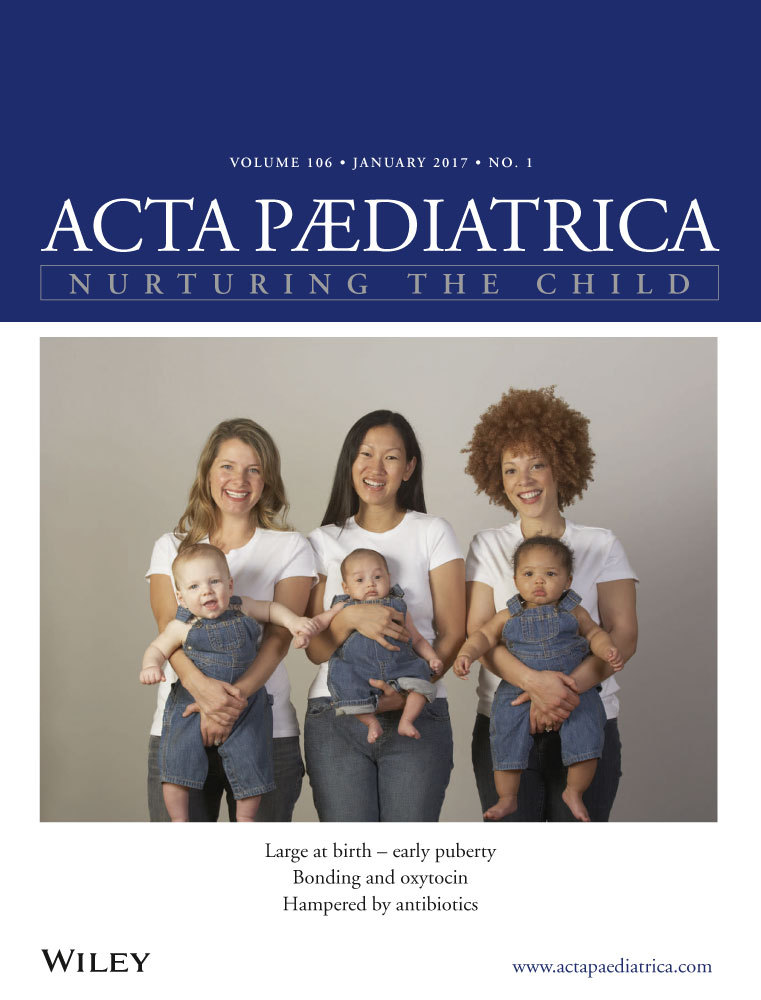Levels of physical activity during physical education lessons in Sweden
Abstract
Aim
The aim of this study was to measure the percentage of sedentary light and moderate-to-vigorous physical activity (%MVPA) provided by physical education (PE) lessons for Swedish second, fifth and eighth grade students, aged eight, 11 and 14.
Methods
We observed 39 PE lessons and divided them into seven lesson categories: ball play, ball games, dance, fitness, playing games, orienteering and gymnastics. Physical activity (PA) during PE was estimated using accelerometers and the height and weight of the children were measured.
Results
We studied 149 children: 63 in the second grade, 66 in the fifth grade and 19 in the eighth grade. On average, 25% of the PE lessons were spent in MVPA and the mean %MVPA varied with the lesson content, with fitness, orienteering and playing games being the most intense. The highest %MVPA was in the fitness category, providing 33% (8–62%) for girls and 37% (7–72%) for boys. With the exception of the second grade, no significant gender differences in %MVPA were seen.
Conclusion
The content of Swedish PE lessons affected the %MVPA in all age groups. In some content, individuals reached two-thirds of their daily PA recommendations, highlighting the potential that PE contributes to public health goals.





